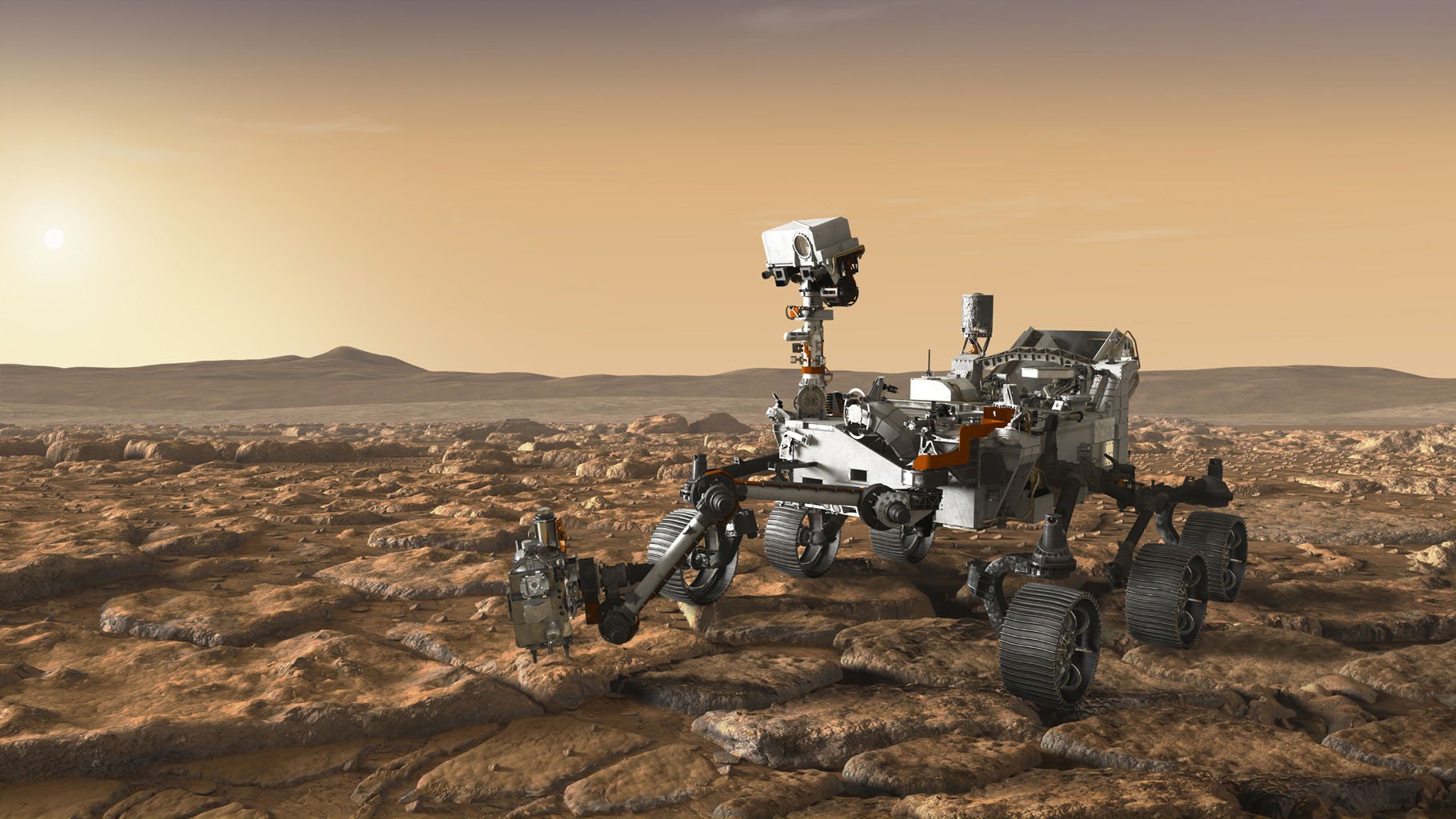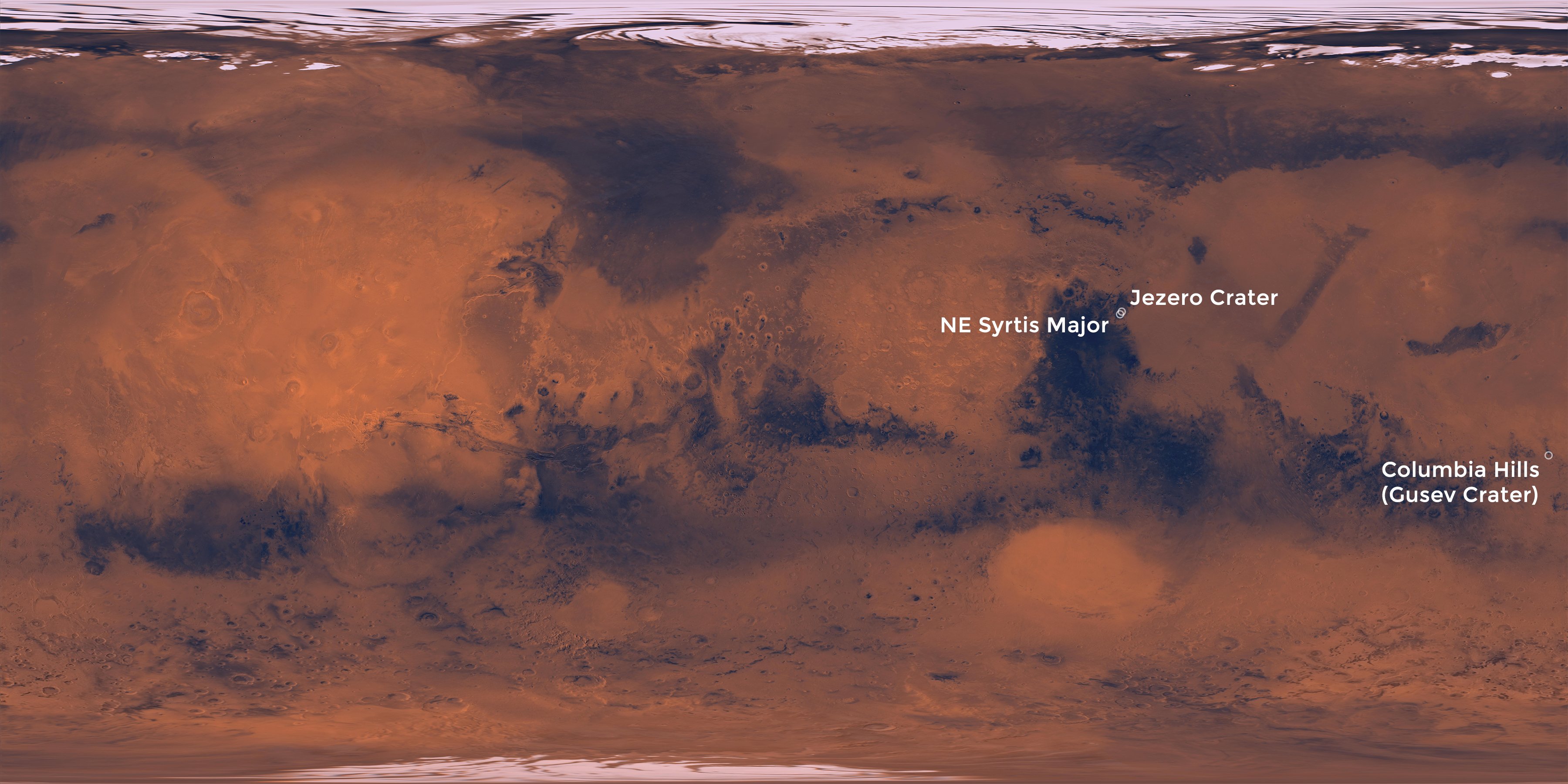© 2000-2023 - Enkey Magazine - All rights reserved
ENKEY SNC - VAT ID IT03202450924 / REA Code CA253701 - Phone. 078162719
Next stop Mars, one more time. It seems everything ready for the umpteenth mission that see like destination our red neighbor. Mars 2020 will leave next year, during a launch window which goes from the 17th of July to the 5th of August, from Cape Canaveral, in Florida, to land on Mars in February of the 2021.
But it won’t leave alone, the rover will have a travelling and adventure companion: Mars Helicopter, the first helicopter to fly outside the planet Earth.
Mars 2020
It’s everything ready for the departure of the next mission to Mars, while waiting for the one that will see the first human being set foot on the red planet.
But before to realize the first human space colony we have to make sure that everything works. Like let a small helicopter fly on a planet where nothing heavier that the air should be able to fly.
Mars 2020 is waiting for that launch window that will allow it to reach Mars in six seven months. And meanwhile, on the NASA’s web site started the countdown, it’s missing just over 400 days!
One of the main activities that it will do during this mission, which will be at least one martian year long (687 terrestrial days), will be to understand if on that planet, now death, there was once the life.
But Mars 2020 won’t have to only understand if there were the right conditions in the past but it will look for concrete proofs for the presence of microbial life.

Unlike the material collected by the previous missions, which were examinated only by robots onsite, the one collected by Mars 2020 will come back on Earth, to be examinated by human scientists.
But the mission won’t only look for signs of past life, it will test the water for a possible prosperous future life, for a human colony, obviusly. To do it it will have to understand how to reinforce the mostly done atmosphere, create breathable oxygen and bring the water to the colony.
The rover
Like we said the heart of the mission will be two martian robots, a rover and a helicopter. About the first one it will deal with all the duties of the mission. It’s about three meters long, 2,7 large and 2,2 tall, for a weight of about 1050 kg.
The rover will collect material, it will examinate it, it will speak with Earth, it will follow the flight’s tests of Mars helicopter. Finally it will shot amazing pictures to send home, thanks to its 23 cameras.
It is everything ready, so, unless the landing site. The NASA has still a short time to decide between the three candidates: Columbia Hills, Jezero Crater and NE Syrtis. The decision will be essential because it will have to answer to the question: which one of those three has the best conditions to have hosted the life in the past?

Mars Helicopter
Finally, here we are in front of a real technological miracle: Mars Helicopter, a small drone which weights 1,8 kilograms, but that on Mars it will weight just 700 grams.
The helicopter will travel hooked up to the rover and than it will come off and it will try an impossible task: flying on Mars, with an atmosphere dense just a hundredth of the terrestrial one.

Obviusly to arrive well prepared for the mission Mars 2020 many tests were made. After proofs inside simulated environments, during the last year, now, Mars Helicopter is finally ready to leave.
The helicopter flown in a simulated environment, with extreme temperatures, a few dense atmosphere and the simulated martian gravity (about a third of the terrestrial one).
From this environment have been removed oxygen, azote and other gases of which the martian atmosphere lacks, by leaving the carbon dioxide, of which, instead, it’s rich.
“We realized more than 75 minutes of flight in a simulated martian environment, but this was the first one in a reduced gravity. We didn’t know how the things would be, but the system that reduces the gravity worked well, as well as the helicopter. The next flight will be on Mars”, tells Teddy Tzanetos, director of Mars Helicopter.
The flights that will try to do the helicopter will be extremely short, about 90 seconds, but they will be without any doubt an incredible breakthrough in the space exploration. Now it only remains to wait to see what will reveal Mars 2020.
This post is also available in:
 Italiano
Italiano

